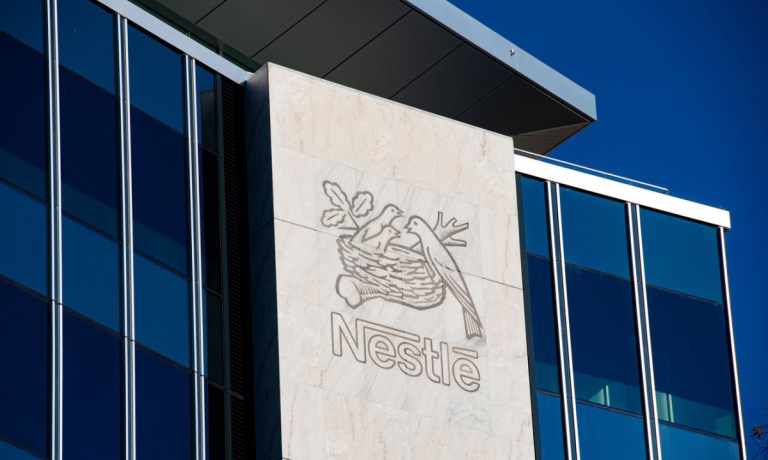
With consumers’ grocery budgets continuing to be pressured, Nestlé is seeing the post-vaccine boost finally taper off, years after the initial rollout.
The global food giant shared on a call with analysts Thursday (Oct. 19) accompanying the release of its third-quarter financial results that it attributes consumer spending challenges in North America in part to the decline, after all this time, of shoppers’ pent-up spending on nice-to-haves following quarantine.
“Over the last couple of quarters, we believe that consumers were still using a large part of the savings that they had generated during COVID, which is probably coming to an end as well,” Nestlé Executive Vice President and Chief Financial Officer François-Xavier Roger said.
Many leading food and beverage companies are feeling the impacts of financial pressures in the region. PepsiCo, for instance, said on its own earnings call earlier this month that it is seeing consumers shift to smaller pack sizes, while Conagra Brands said earlier this month that it has seen shoppers switching away from higher-cost, more convenient products such as frozen meals toward cooking from scratch.
Indeed, it is not only food brands seeing this pullback — grocers are noting the same. Category giant Albertsons shared in its earnings report Tuesday (Oct. 17) that consumers’ financial challenges, made worse by cuts to government benefits, negatively impact their grocery budgets. Similarly, Kroger noted such challenges in its earnings call last month, observing the impact continuing inflation has had on household budgets.
“The effects of sustained inflation, reduced government benefits including SNAP [Supplemental Nutrition Assistance Program] and higher interest rates have pressured customer spending, especially for those on a tight budget,” Kroger CEO Rodney McMullen said.
And even if consumers have had post-quarantine savings fueling their spending for years, as Nestlé observed, this prolonged period of inflation has whittled away at their bank accounts. Even now, as grocery inflation has come down significantly, consumers continue to react to the compound effect of years of increases, finding ways to cut down their shopping lists at the grocery store.
To that end, a PYMNTS Intelligence survey of more than 2,100 U.S. consumers finds they estimate that they pay 23% more at the grocery store on average than they did just a year ago, though in fact prices have risen roughly that amount over the course of the past three years. Year-over-year grocery inflation, meanwhile, amounted to only 2.4% in September, according to the latest U.S. Bureau of Labor Statistics (BLS) Consumer Price Index (CPI) data.
Amid these inflationary pressures, many consumers are finding ways to cut back on their food spending, according to PYMNTS Intelligence’s report “Consumer Inflation Sentiment Report: Consumers Cut Back by Trading Down,” which is based on responses from more than 2,000 U.S. consumers.
The results revealed that 57% of shoppers have cut down on nonessential grocery spending. Plus, 47% have traded down to less expensive merchants for at least one grocery product, and roughly one-third have downgraded from their go-to brands to less expensive alternatives such as private-label products.